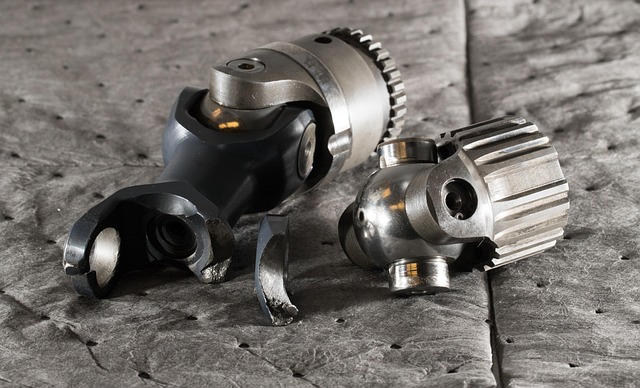Mechanical seal play a critical role in industrial equipment, especially in pumps, mixers, compressors, and other rotating machinery. Their primary function is to prevent fluid leakage between the rotating shaft and the stationary part of the equipment. Choosing the right mechanical seal is crucial for system reliability, safety, and operational efficiency.
In this blog, we’ll explore what mechanical seals are, how they work, their types, and why they’re essential in modern mechanical systems.
What is a Mechanical Seal?
A mechanical seal is a device that helps join systems or mechanisms together by preventing leakage (of fluids or gases), maintaining pressure, or excluding contamination. Unlike traditional sealing methods such as packing or gland seals, mechanical seals offer superior sealing performance, especially in high-speed or high-pressure applications.
Key Components:
-
Rotating face (attached to the shaft)
-
Stationary face (attached to the housing)
-
Secondary seals (such as O-rings or gaskets)
-
Spring or bellows (to maintain contact and compensate for wear)
How Does a Mechanical Seal Work?
When the pump or rotating equipment operates, the rotating face turns with the shaft while the stationary face remains fixed. These two faces are held together under spring pressure and designed with extremely flat surfaces to minimize leakage. A thin film of fluid (or gas) lubricates the faces to reduce wear and heat.
Types of Mechanical Seals
Mechanical seals come in several configurations, depending on the application:
-
Single Mechanical Seal
Used for general applications. It seals on one side of the pump housing. -
Double Mechanical Seal
Has two sets of sealing faces, used in harsh or hazardous environments. An intermediate fluid (barrier fluid) helps protect the seal. -
Cartridge Seal
A pre-assembled unit that simplifies installation. Ideal for reducing installation errors and downtime. -
Balanced Seal
Designed to handle higher pressures. Reduces the load on the seal faces, extending seal life. -
Unbalanced Seal
Simpler and cheaper, but suitable only for low-pressure applications. -
Pusher and Non-Pusher Seals
Pusher seals use a dynamic secondary seal (like an O-ring) that moves with the seal face. Non-pusher (bellows) seals use a static secondary seal and are better for sealing fluids that crystallize or solidify.
Applications of Mechanical Seals
Mechanical seals are used across various industries, including:
-
Oil and gas – Pumps, compressors, and turbines
-
Chemical processing – Handling aggressive or hazardous fluids
-
Water and wastewater – Ensuring clean operation of treatment facilities
-
Pharmaceuticals – Maintaining hygiene and preventing contamination
-
Food and beverage – Complying with sanitary standards
Benefits of Using Mechanical Seals
Leak prevention – Minimizes product loss and environmental impact
Reduced maintenance – Longer seal life compared to packing
Improved safety – Contains toxic or flammable fluids effectively
Energy efficiency – Less friction means lower power consumption
Compliance – Meets industry regulations and environmental standards
Common Failures and Maintenance Tips
Mechanical seals can fail due to improper installation, dry running, misalignment, or using the wrong seal type. Regular inspection and condition monitoring are essential. Here are a few tips:
-
Ensure proper lubrication
-
Monitor temperature and pressure
-
Replace worn components proactively
-
Use clean and compatible barrier fluids
-
Train personnel for correct installation
Final Thoughts
Mechanical seals may seem like small components, but their impact on the performance, safety, and cost-efficiency of rotating equipment is massive. Choosing the right seal, ensuring proper installation, and following best practices for maintenance can significantly extend the life of your equipment and reduce operational downtime.









